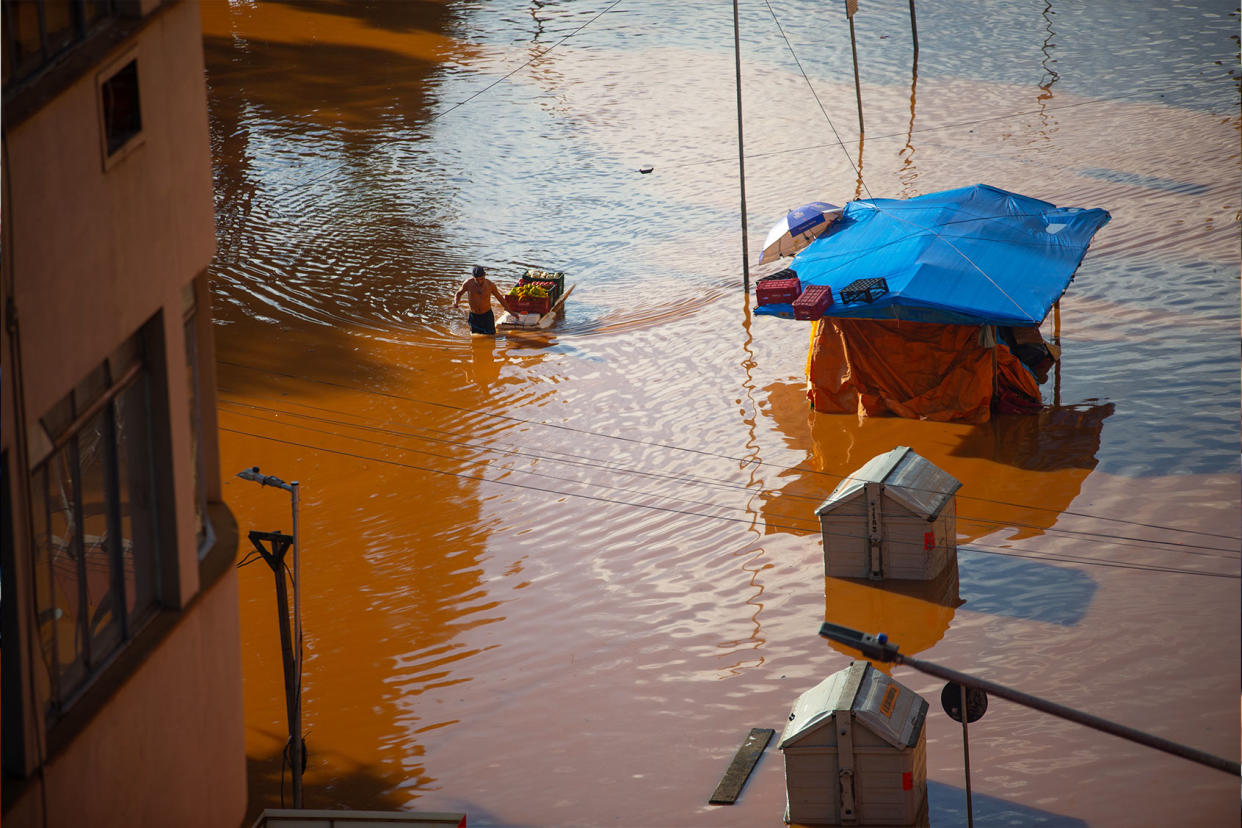Death toll from floods in Brazil reaches 83, with climate change viewed as a major driver

With one Brazilian official decrying it as "the worst disaster" in his state's history, the recent floods in Rio Grande do Sul have claimed 83 lives at the time of this writing and scientists agree climate change was a culprit. The death toll is expected to rise.
The torrential downpour — which bombarded Rio Grande do Sul in just four days with more than 70 percent of all the rain it would normally get in the month of April — destroyed roads, left thousands without water and power and destroyed key infrastructure. Brazilian climatologist Francisco Eliseu Aquino said the devastating storms were the result of a “disastrous cocktail” including global warming and the usual El Niño-La Niña weather pattern. These two factors, when combined, have caused intensified storms from Indonesia and Kenya to the United Arab Emirates.
“Extreme El Niño and La Niña events may increase in frequency from about one every 20 years to one every 10 years by the end of the 21st century under aggressive greenhouse gas emission scenarios,” writes Michael McPhaden, Senior Scientist with NOAA’s Pacific Marine Environmental Laboratory in Seattle. “The strongest events may also become even stronger than they are today.”
Brazilian President Luiz Inácio Lula da Silva also blamed the floods on climate change, arguing that the disaster will require significant reconstruction efforts in the state. Rio Grande do Sul Governor Eduardo Leite, who earlier referred to the flood as the state's "worst disaster" ever, compared the upcoming investment to the Marshall Plan, America's famous reconstruction program for Europe after World War II.

